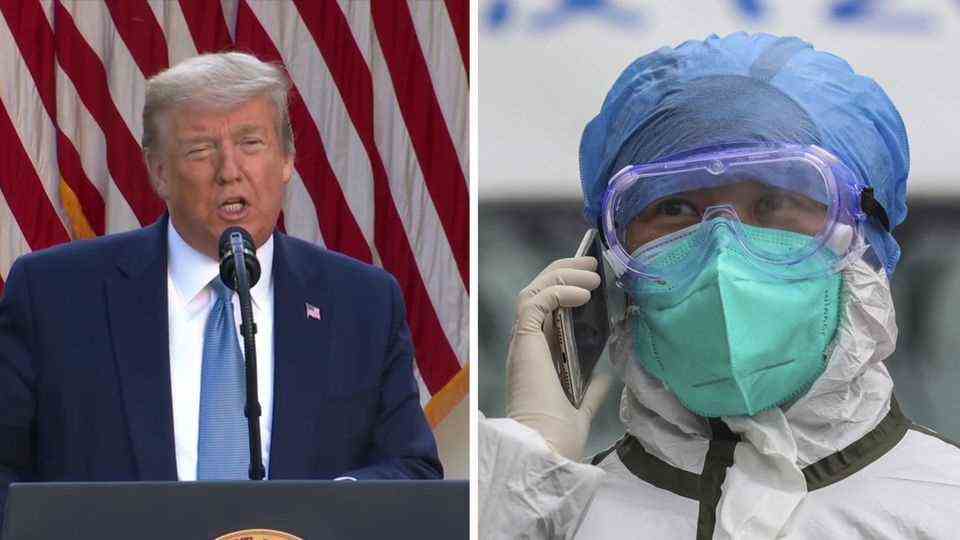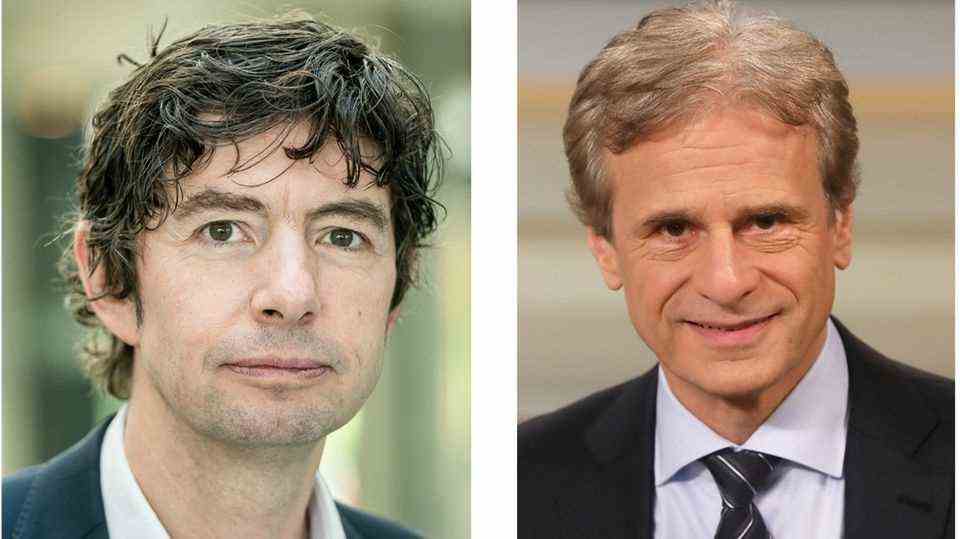Pioneer
June Almeida – the daughter of a bus driver discovered the first corona virus
June Almeida knew how to get the most out of the electron microscope-
© Wikipedia / Commons
June Almeida was a technician and laboratory pioneer. She identified the first corona virus in 1964. Their basic methods are still used in the fight against the pandemic. Chinese scientists used their technique to identify Covid-19.
June Almeida’s path to becoming one of the world’s leading virologist was anything but straightforward. In 1930 she was born June Hart in a simple apartment building in Glasgow, the daughter of a bus driver. So she had to cross the class boundaries of British society and she was a woman. In the post-war period it was by no means a matter of course that women should have a career in science.
In addition, she was not an ambitious student, June dropped out of college at the age of 16. She later went to London, where she married the artist Enriques Almeida in 1954.
“What she touched turned to gold”
But before that she worked in the laboratory at the Glasgow Royal Infirmary. There she examined abnormal tissue changes in the Institute for Histopathology, Almeida was not a doctor, she was a brilliant laboratory assistant – a technician and tinkerer. Professor Hugh Pennington, Professor of Bacteriology at Aberdeen University, worked with Almeida as a young man and calls her his “mentor.” He says today, “She was an outstanding talent. What touched her in her research became gold.”
Your true skills will only be shown in Canada. There she was able to work with the electron microscope at the Ontario Cancer Institute. Its mode of action was discovered in the prewar period, but it was not until the 1960s that it became a common tool. An electron microscope has a far better resolution than an optical microscope – with it you could make the smallest parts visible. At least in theory. In fact, however, one had to find tricks and methods so that this powerful tool would deliver usable results. And that’s what June Almeida did. “What she was good at – mastering the technology – is used today. Above all, she was a pioneer in that. She also had the talent to choose the right topic for her work and not waste time on things that could not be solved. “
The reputation of June Almeida, who had no university education at the time, was so great that she returned to London in 1964. She was enlisted by the prestigious St Thomas’s Hospital Medical School. And that’s where she discovered the first corona virus.
Basic methods of virology
While investigating colds in Salisbury, Wiltshire, a Dr. David Tyrrell tested a nasal wash that contained viruses he couldn’t identify. The sample, named B814, was sent to June Almeida to be examined with an electron microscope. The viruses in the sample were similar to the flu viruses, but were different – namely coronaviruses. They were given the name “Corona” because their appearance is reminiscent of a crown or a halo.
The first attempt to publish the findings failed. The reviewers found that the photos produced by Almeida were simply bad pictures of completely normal flu viruses. It was not until 1967 that the photos of the strain B814 were published in the “Journal of General Virology”.

Almeida received her PhD from the Postgraduate Medical School in London. Her reputation was so great that famous doctors “apprenticed” to her to benefit from her methods in the laboratory. She developed a method to make viruses more visible by using antibodies. She worked on hepatitis B and the common cold virus. Almeida pioneered the photography, identification, and diagnosis of viruses.
Energetic woman
“I never noticed that being a woman was holding her back,” recalls Professor Pennington. “She was not discriminated against in biology. She went her own way and reacted energetically to any criticism. Usually she was right.” In 1979 Almeida published a manual for virus determination for the WHO (Manual for rapid laboratory viral diagnosis). Then June Almeida retired and worked as a yoga teacher and antique dealer. Only when the AIDS epidemic spread around the world did she return to virology as a consultant to help get better pictures of the HIV virus.
Pennington recalls that her work and methods are still relevant. “For example, the Chinese used June’s technique to identify Covid-19. What June Almeida created back then is so important now. Their methods are still being used, and that is helping us with the current epidemic.”
June Almeida died in 2007 at the age of 77.
Source: BBC, The Herald



